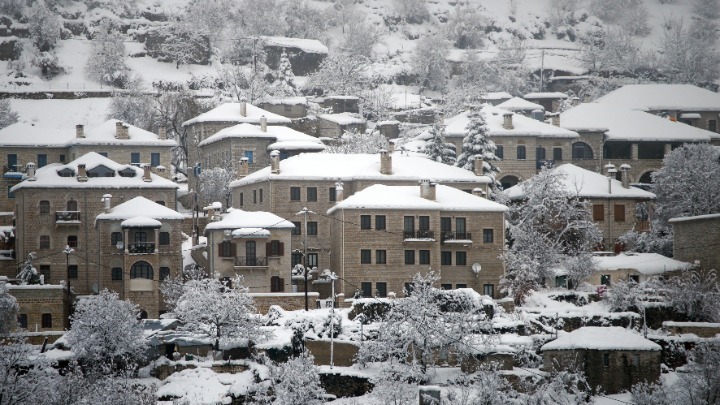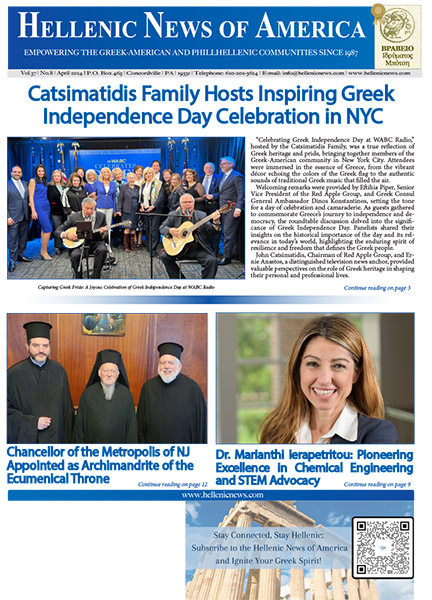The Zagorochoria in Mt. Pindos, northwestern Greece, were included in UNESCO’s World Heritage List, it was announced at the World Heritage Committee’s 45th session taking place in Riyadh.
The extended session is taking place in Saudi Arabia from September 10 to 25.
“It is the first time that a cultural area of Greece that comprises an outstanding example of our modern cultural heritage is listed,” Culture Minister Lina Mendoni said. “All Greek listings so far are related to Ancient Greece or Byzantium,” she added.
Mendoni said that UNESCO “recognized the outstanding ecumenical value of the Zagorochoria (Zagori villages) architecture, as an excellent example of survival and mutual influence of the Byzantine and Ottoman architecture. It recognized the authenticity and integrity of the area as key ingredients in order to be included on the World Heritage List.”
She also thanked everyone who helped in the effort, adding that the listing “is an invitation and obligation of Greece to maintain and protect intact this heritage, which as of today becomes global.”
In its listing description of the Mt. Pindos villages, UNESCO says, “Located in a remote rural landscape in northwestern Greece, small stone villages known as Zagorochoria extend along the western slopes of the northern part of the Pindus mountain range. These traditional villages, typically organized around a central square containing a plane tree and surrounded by sacred forests maintained by local communities, showcase a traditional architecture adapted to the mountain topography. A network of stone-arched bridges, stone cobbled paths, and stone staircases linking the villages formed a system that served as a political and social unit connecting the communities of the Voïdomatis River basin.”
SOURCE; ANA-MPA






